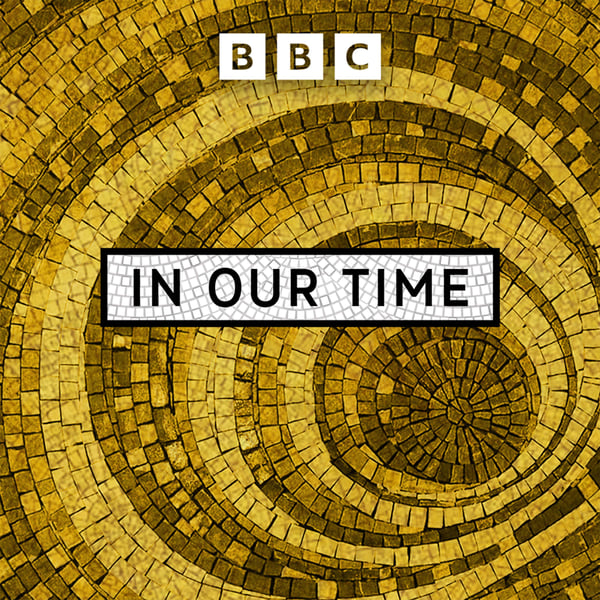Rosalind Franklin
In Our Time
BBC
4.6 • 9.2K Ratings
🗓️ 22 February 2018
⏱️ 50 minutes
🧾️ Download transcript
Summary
Transcript
Click on a timestamp to play from that location
| 0:00.0 | This is the BBC. |
| 0:02.0 | Thanks for downloading this episode in our time. |
| 0:05.0 | There's a reading list to go with it on our website. |
| 0:07.0 | And you can get news about our programs if you follow us on Twitter at BBC in our time. |
| 0:12.0 | I hope you enjoyed the programs. |
| 0:14.0 | Hello, in 1952, Roslyn Franklin was at King's College London investigating the structure of DNA |
| 0:20.0 | creating images for analysis. |
| 0:22.0 | One of the images made for that work, photograph 51, has become famous. |
| 0:27.0 | It provided information needed to reduce the structure of DNA, one of the great achievements of 20th century science, |
| 0:33.0 | which Francis Crick, James Watson and Maurice Wilkins later received the Nobel Prize. |
| 0:38.0 | But not Franklin, who moved on from DNA structure to do pioneering research into coal and viruses. |
| 0:44.0 | And since her death, when she was only 37, many have argued that she deserved greater recognition, |
| 0:49.0 | both of her role in the understanding of DNA and as a scientist more generally. |
| 0:53.0 | We'd need to discuss Roslyn Franklin's life and work, our Professor Shapara, president of the British Society of the History of Science, |
| 1:00.0 | Jim Naismith, interim lead of the Roslyn Franklin Institute, director of research complex at Harvard, |
| 1:05.0 | and professor at the University of Oxford. |
| 1:07.0 | And Judith Howard, professor of chemistry at Durham University, Professor Shapara, what was Roslyn Franklin's upbringing? |
| 1:14.0 | Her upbringing, I think, was very important for the rest of her life for two main reasons. |
| 1:19.0 | Firstly, she was very, very close to her family. |
| 1:23.0 | And we know a lot about her childhood, about her relationships with her family. |
| 1:26.0 | Because whenever she was away from home, she wrote them very long, very eloquent, very intimate letters, |
| 1:32.0 | which are absolutely marvelous to read nowadays. |
... |
Please login to see the full transcript.
Disclaimer: The podcast and artwork embedded on this page are from BBC, and are the property of its owner and not affiliated with or endorsed by Tapesearch.
Generated transcripts are the property of BBC and are distributed freely under the Fair Use doctrine. Transcripts generated by Tapesearch are not guaranteed to be accurate.
Copyright © Tapesearch 2025.

